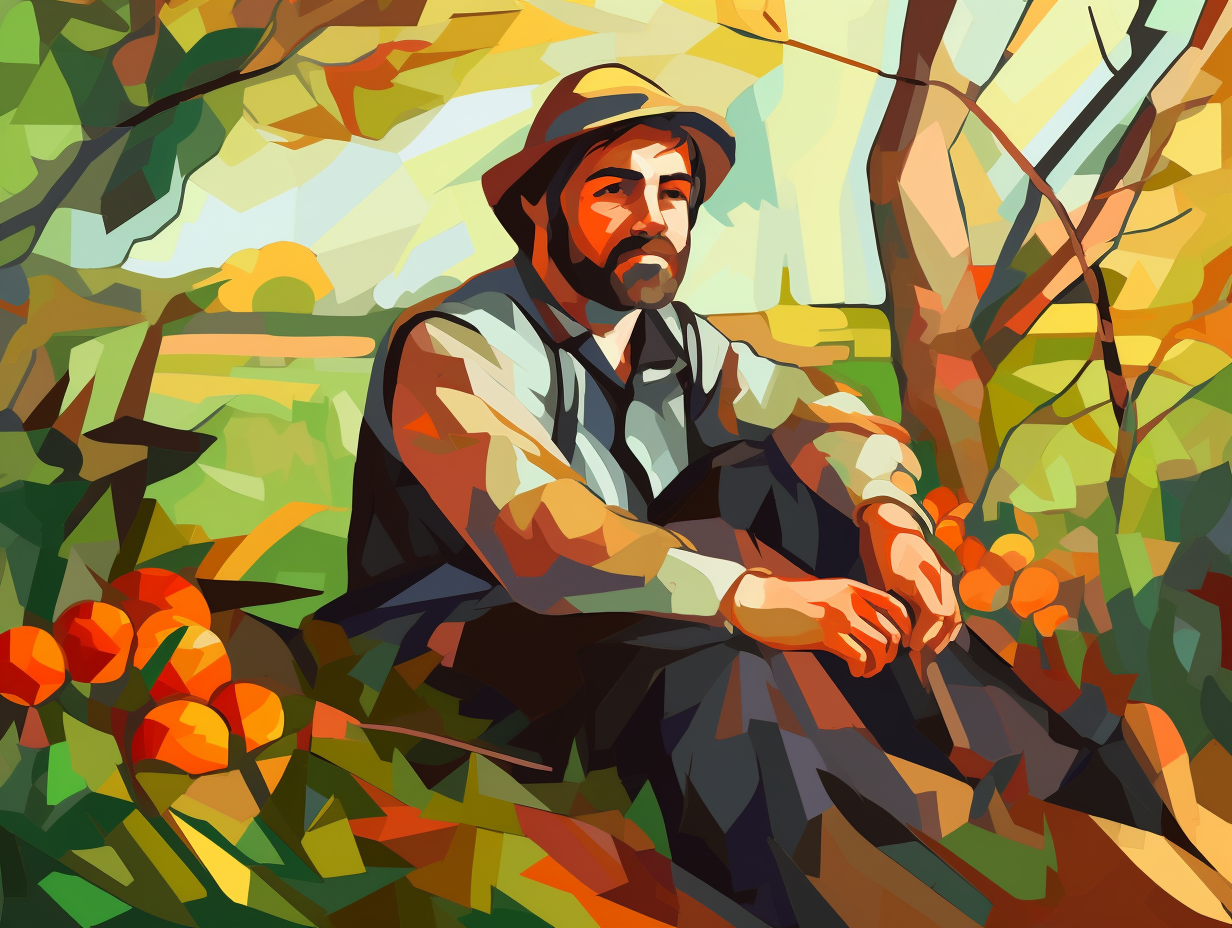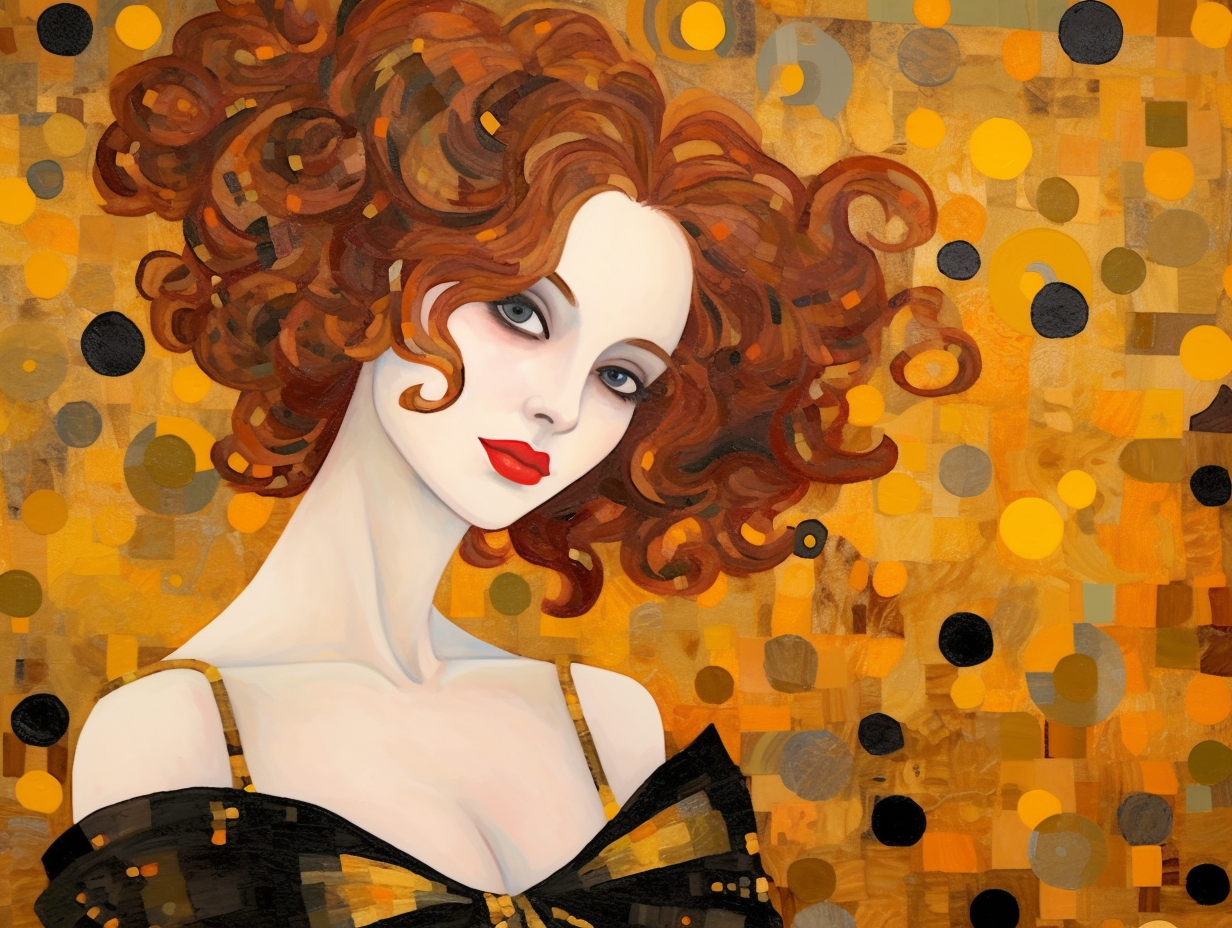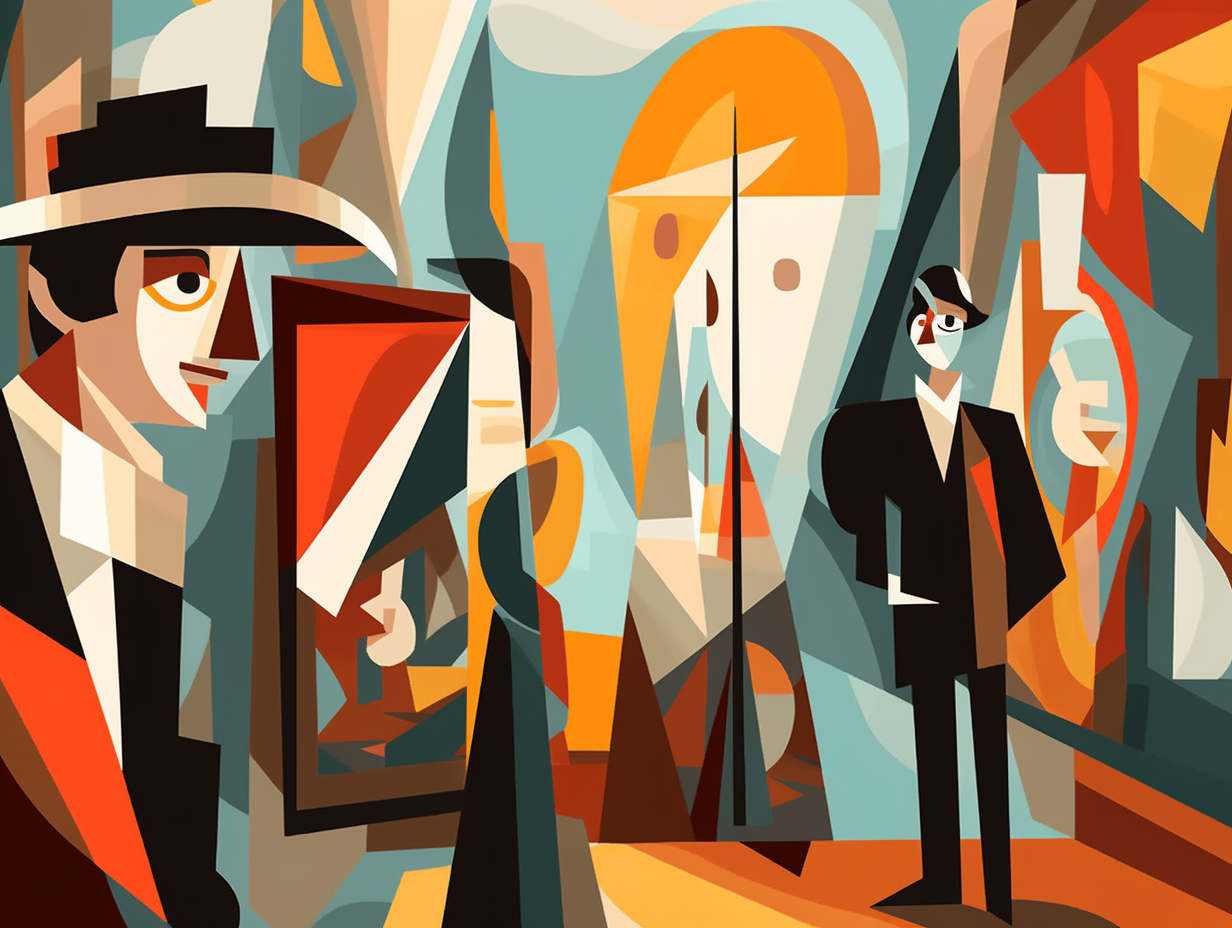Discover the Colorful World of Henri Matisse: 13 Fun Facts About the Iconic Parisian Artist
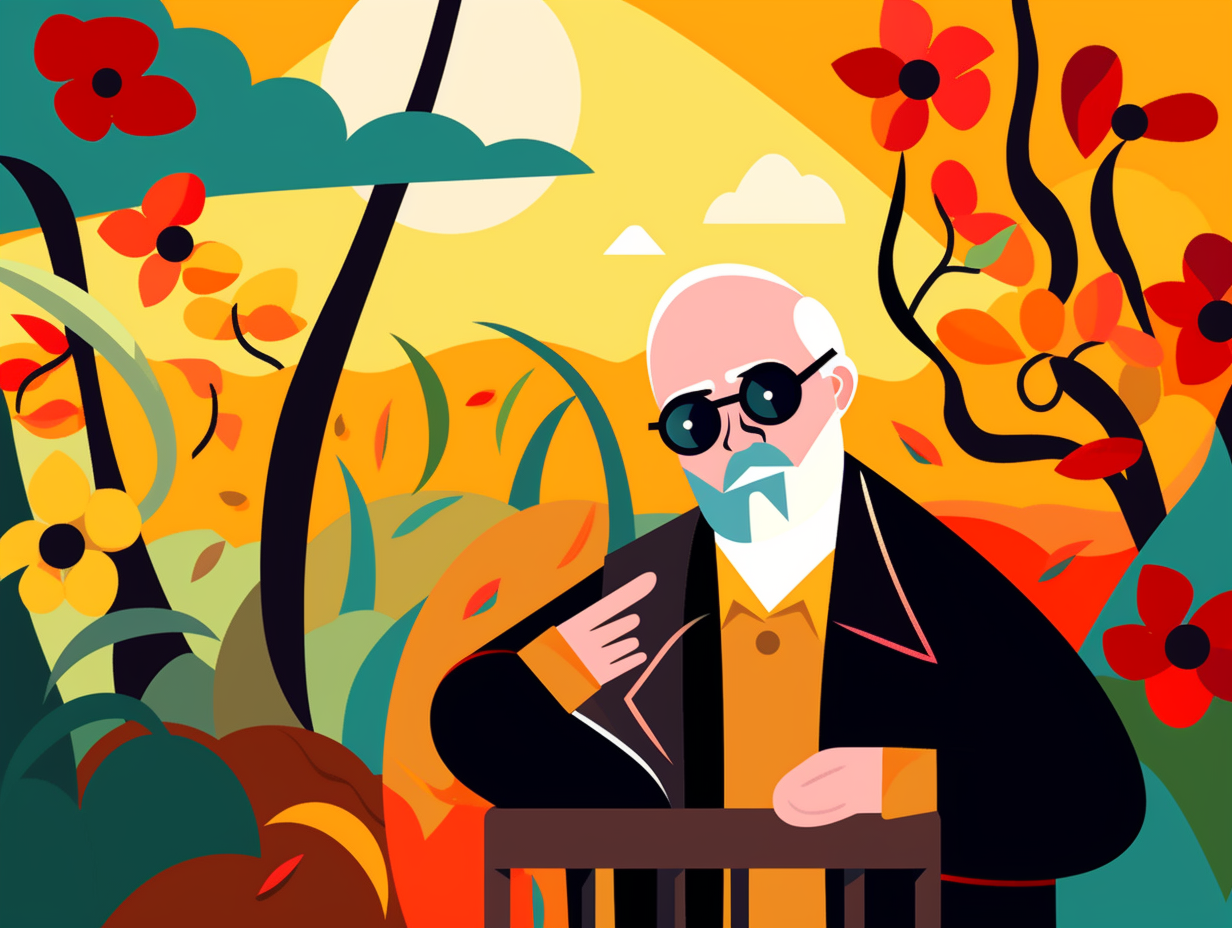
1. Father-like Figure to Models
Say it ain't Matisse! Far from a lascivious ladies' man painting curvy chicks for kicks, this French artist was a bonafide gentleman and guardian: Henri Matisse treated his models, including Loulou Brouty and Antoinette Arnoud, with utmost respect, considering them as working partners and even adoptive daughters.
Source => smithsonianmag.com
2. Stolen Painting's 25-year Hide and Seek
Talk about taking the scenic route: Henri Matisse's painting "Le Jardin" was stolen in 1987 and only recovered 25 years later by art recovery specialist Christopher Marinello. The masterpiece, worth a jaw-dropping $916,200, was swiped from the Moderna Museet in Stockholm, and finally found in Britain, putting an end to this high-stakes, slow-burn game of hide and seek!
Source => reuters.com
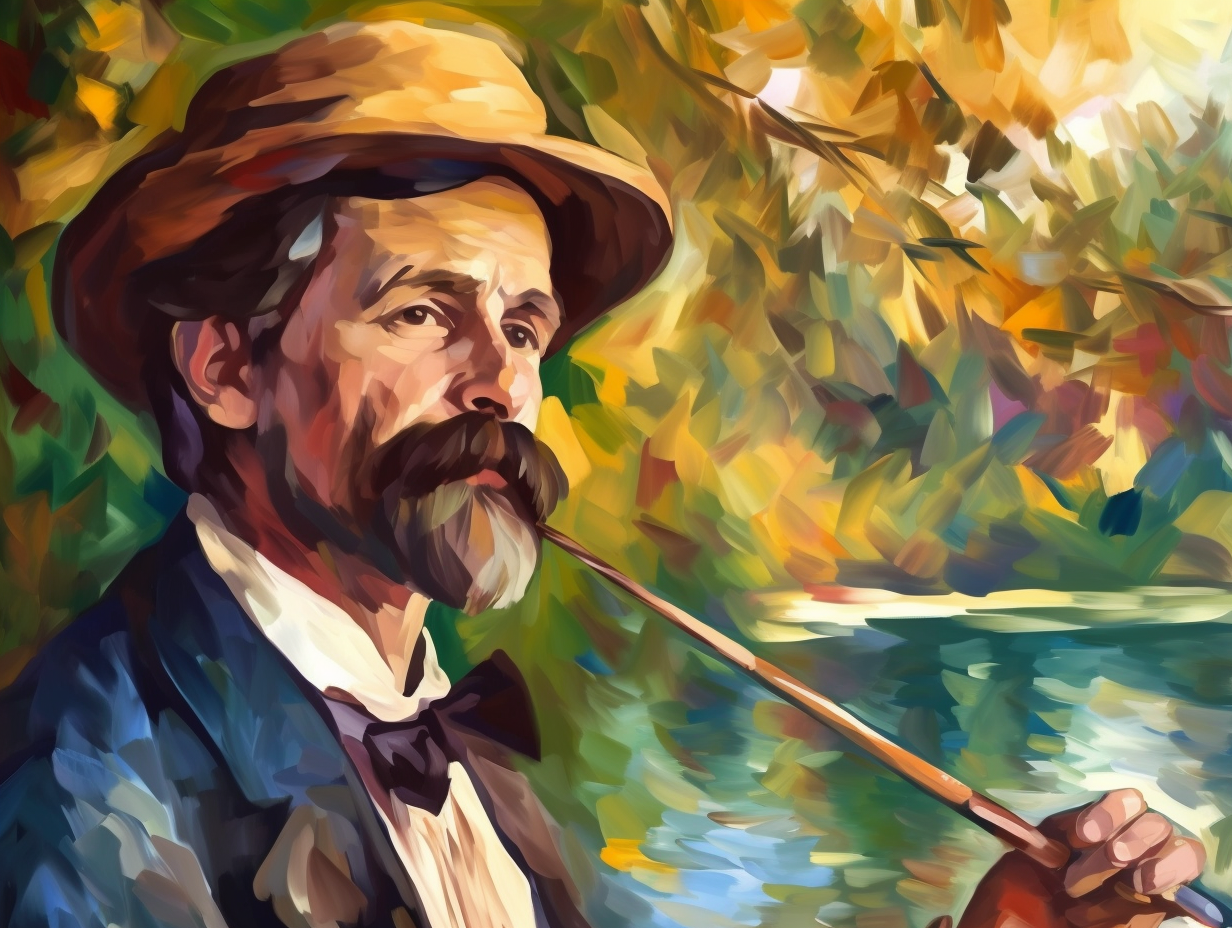
Did you know that famous French Impressionist Pierre-Auguste Renoir started his artistic journey as a porcelain painter's assistant? Discover how his talent for copying intricate floral designs led him to become a renowned artist! 🎨✨
=> Fun Facts about Pierre-Auguste-Renoir
3. He-ART Surgery Recovery
From ambulances to easels, Henri Matisse put the "art" in "he-ART surgery" recovery: Originally a law student, Matisse discovered his passion for painting while healing from an operation and ultimately ditched the courtroom for a canvas, moving to Paris in 1892 to study art and eventually becoming one of the 20th century's most influential artists.
Source => masterworksfineart.com
4. Atheist Designs a Catholic Chapel
Matisse: painting on a divine canvas. As a master artist, when life gave him lemons, he painted the Chapelle du Rosaire de Vence as a spiritual lemonade: Henri Matisse, despite not being religious himself, spent over four years designing and decorating a Catholic chapel in the French Riviera, complete with stunning stained-glass windows, murals, ceramics, liturgical furnishings, and priests' vestments, all showcasing a heavenly devotion to his craft.
Source => en.wikipedia.org
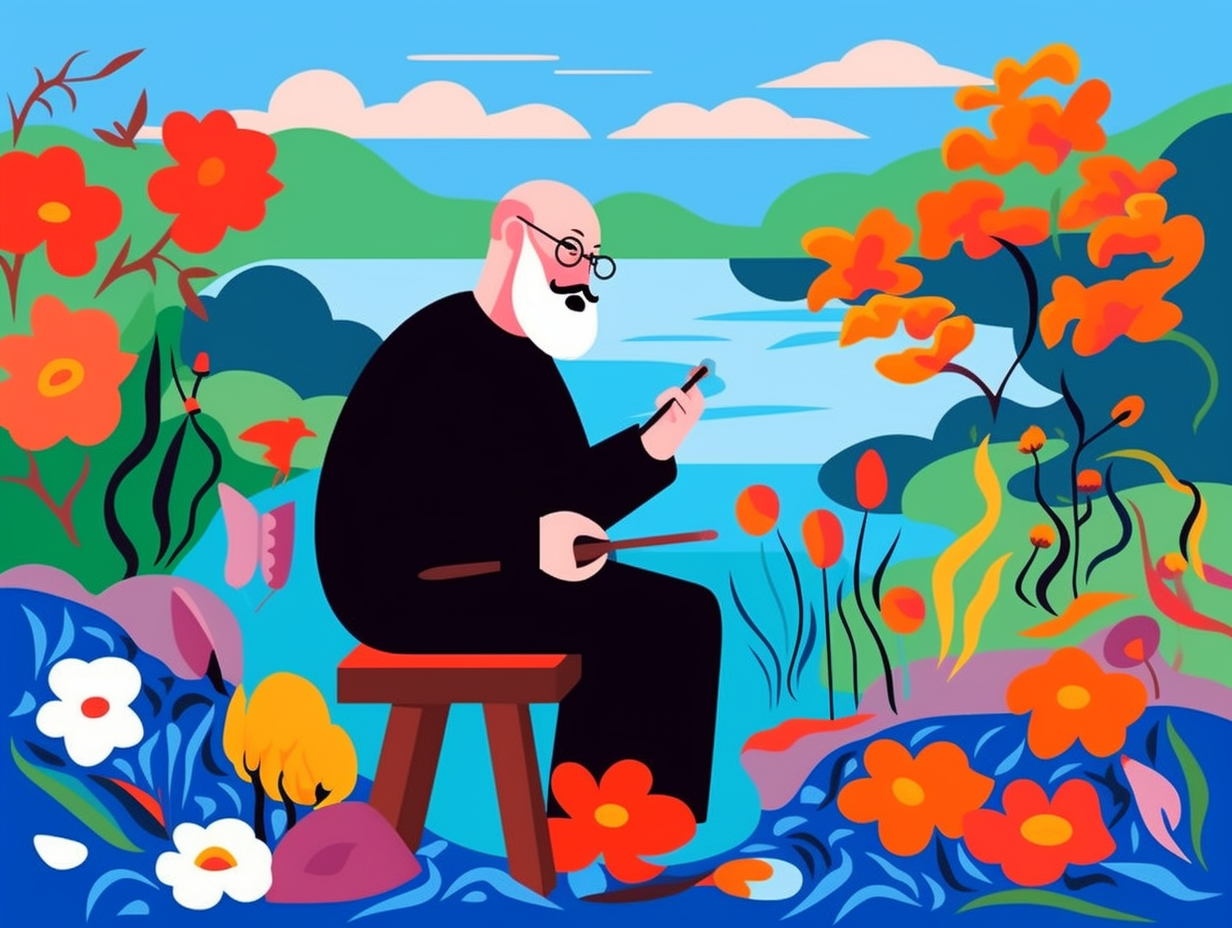
5. Violin Virtuoso Matisse
Before he was making brushstrokes of genius and rocking the art world one canvas at a time, Henri Matisse was fiddling around with a violin and orchestrating a symphony of creative endeavors: Matisse practiced the violin for four hours daily and entertained Moroccan café patrons with his improvisations, although no evidence suggests he tried to paint with his teeth while playing the instrument, fortunately avoiding a bizarre and hazardous artistic mashup.
Source => tomphillips.co.uk
6. Arthritis Inspires Cut-Out Technique
When life gives you lemons, make lemonade; when arthritis gives you scissors, create iconic art: Henri Matisse developed his famous Cut-Out technique as a result of health complications that prevented him from painting, using scissors to cut shapes from brightly colored paper and arranging them into mesmerizing compositions, ultimately producing some of his most renowned masterpieces.
Source => supersimple.com
7. Globetrotter with a Colorful Imagination
When Henri was "Matisse-ing" around the globe, he wasn't just looking for the finest croissants and berets: Henri Matisse found deep inspiration from earlier masters like Chardin, Poussin, and Watteau, as well as modern artists such as Manet and Japanese art. His travels to colorful locations like Algeria, Spain, and Morocco infused his work with vibrant hues and cultural influences. Plus, his artistic bromance with Russian art collector Sergei Shchukin resulted in one of his major masterpieces, La Danse!
Source => en.wikipedia.org
8. Fauvist Flamingle
If Henri Matisse were a bird, he'd be a Fauvist flamingle: showcasing a vibrant plumage of vivid colors and unapologetically breaking the conformity of traditional birdie shades! : In reality, Matisse was an innovative artist who pioneered Fauvism, an art style characterized by its intensely bold hues, significantly impacting the trajectory of modern art and establishing him as one of the 20th century's most influential painters.
Source => davidcharlesfox.com
9. Sensual Sculptor
In a twist of artistic fate that even Michelangelo would struggle to chisel into a marble of irony: Henri Matisse found a new level of artistic freedom in the late 1920s through his exploration of sculpture, solving representation problems, and creating a renowned series of three sensual Odalisque figures, one of which was auctioned at Christie's in Paris on April 4th.
Source => christies.com
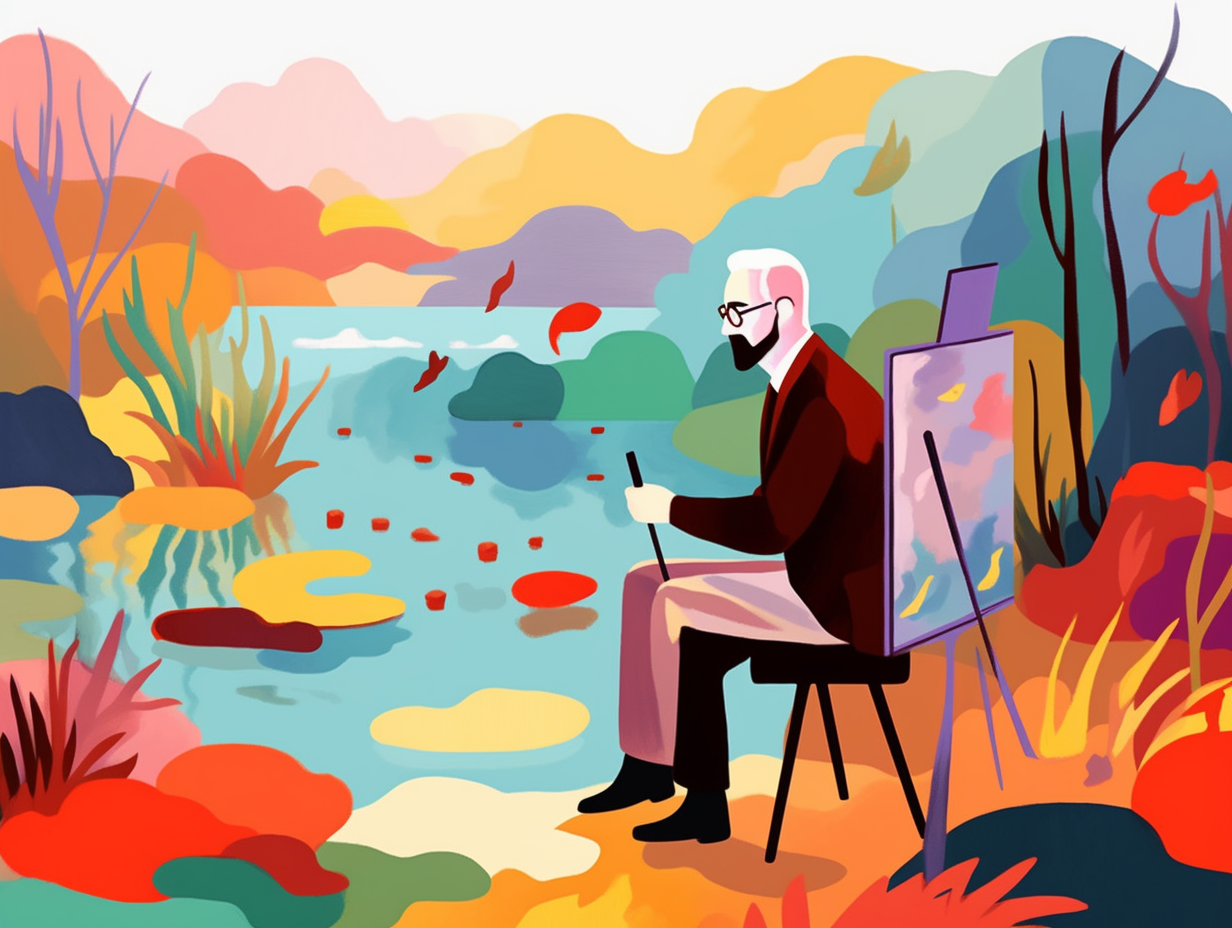
10. Back Master Matisse
Who needs a chiropractor when you've got Matisse? The man knew his way around backs with a level of detail that would put any spine specialist to shame: Henri Matisse was not only a painter but also a sculptor, and his famous "Back" series features four bronze reliefs depicting a female figure's back in various positions, showcasing his mastery of negative space and abstraction.
Source => en.wikipedia.org
11. Palette-atable Abode Escapade
"From a palette-atable abode to escaping the Axis of canvas: Henri Matisse made Nice his creative playground in a luxurious apartment filled with marble fireplaces, ornate balconies, and panoramic sea views from 1918 to 1943, before fleeing to Vence during WWII, only to return in 1948 to produce nearly four dozen of his iconic paintings, including his famous 'cut-outs'."
Source => mansionglobal.com
12. Home Makeover: Harem Edition
Step aside, HGTV: Matisse had his own extreme home makeover series, but instead of renovating, he took us into the ostentatious world of his imagined harems. Meet the odalisque, his muse in need of an escape route from all that decorative chaos: Little did people know, Henri Matisse's paintings of odalisques were more about playing with color, ornamentation, and dazzling surface effects than accurately depicting reality, despite his claims of visiting harems during his Moroccan adventures.
Source => nortonsimon.org
13. Colorblind Artistic Genius
In a world where people often struggle to match their socks, one artist went above and beyond by crafting masterpieces jumbling together vibrant hues like nobody's business: Henri Matisse did all this while being color blind, relying on bold color contrasts to make up for his inability to distinguish between red and green.
Source => asialenae.com
Related Fun Facts



